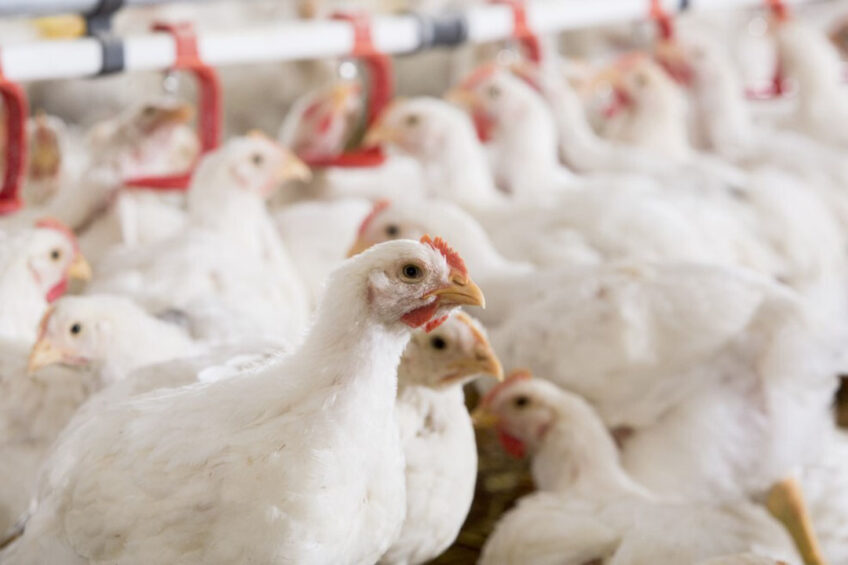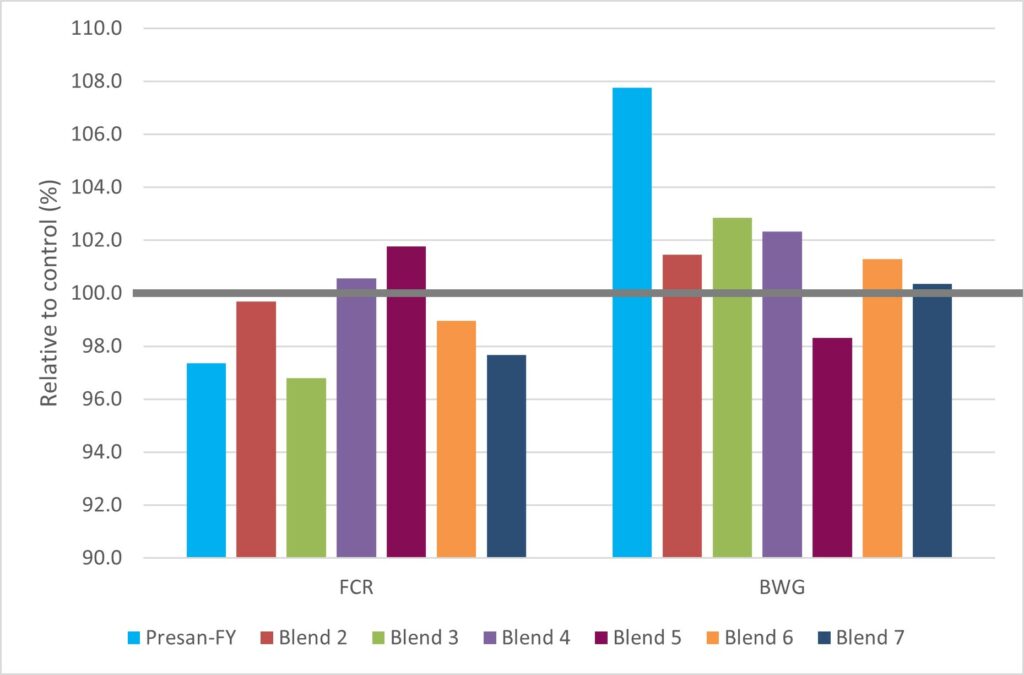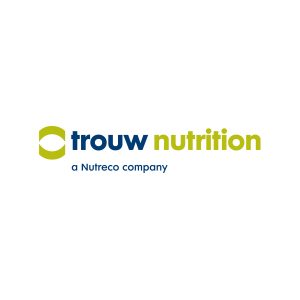Feed additives: 3 benefits of a synergistic approach

Just as research findings on food synergy have advanced in human nutrition, the synergy among ingredients is also advancing in livestock nutrition, including the use of feed additives.
Simply described, the concept of food synergy is based on the proposition that the interaction between different dietary elements is significant.1
The synergistic effects of feed additive blends are important when considering cost-effective dietary strategies to steer flock gut health and performance. Classes of feed additives, including organic acids, prebiotics, probiotics, and plant feed additives, rely on different modes of action to target specific animal health benefits such as gut integrity, efficient digestion, reducing the inflammatory response and resisting infection.
As conditions on a poultry farm typically present multiple challenges simultaneously, a single dietary intervention is unlikely to address the varied exposure threats a flock encounters. A more comprehensive strategy is required to protect birds (particularly young birds in the first 2 weeks of life) against a complex range of threats. For this reason, a broad-spectrum feed additive containing a blend of ingredients targeting beneficial effects delivers a more holistic approach.
Research shows that the specific ingredients included in blends can support gut health and performance, even in challenged environments, without the use of antibiotics or antimicrobial growth promoters (AGPs). See below the results of a study conducted at Scandinavian Poultry Research in Våler, Hedmark, Norway.
Comparing feed additive blends to establish gut health
Researchers from the Norwegian University of Life Sciences conducted a trial involving more than 7,040 day-old Ross 308 broiler chickens in a challenged environment where no antibiotics or coccidiostats were administered. The trial compared the performance of 7 commercially available feed additive blends and a negative control group (Table 1).
Critical performance parameters monitored included body weight gain (BWG) and feed conversion ratio (FCR). And because the benefits of any dietary intervention must outweigh the cost of the treatment, researchers also compared the cost of each feed additive blend to the performance benefit it delivered. This cost/benefit data informed the calculation of an additional value per broiler data point.
Research scorecard results: 3 critical performance metrics
Assessing the results, researchers noted that Selko Presan-FY, a broad-spectrum feed additive containing high pKa, medium chain fatty acids (MCFAs), and alkyl ester of C12, delivered improved results in 3 critical performance areas:
- Body weight gain: Over the complete growing cycle, Presan-FY significantly (p<0.05) demonstrated a 7.8% higher BWG compared to the control group, and 6.6% higher on average than the other blends (Figure 1).
- Feed conversion ratio: Presan-FY improved FCR by 2.2% compared to the control group and by 2% on average compared to all other treatments.
- Economics: Researchers analysed the zootechnical results of the study from a financial point of view. Only 2 feed additive solutions among the 7 blends tested demonstrated a positive added value per broiler. Compared to the negative control group, Presan-FY delivered the highest added value: – €0.055 per bird.
Figure 1 – Body weight gain (BWG) and feed conversion ratio (FCR) of broilers fed Presan-FY compared to mixed feed additives products, from 0-28 days.

Early intervention helps establish a performance benefit
The first 2 weeks of a bird’s life provide a window of opportunity to influence gut health and steer bird performance. A growing body of evidence shows that gut health markers such as intestinal microbiota and structural integrity are strongly associated with performance. Given that a bird’s microbiome is largely established in the first 14 days, a feed additive blend should include ingredients to support desired effects, including morphological changes in the intestines, immunomodulatory effects and altered gut barrier function to improve animal performance2.
Presan-FY includes a broad-spectrum of selected ingredients proven to influence the aspects of good intestinal health noted above. Organic acids with high pKa, MCFAs, and alkyl ester of C12 help reduce total bacterial counts and improve microbial diversity of the microbiome. The blend also includes target-release butyrates and capsicum extract, which are ingredients known to promote gut integrity by supporting tight junction build-up and increasing villi length. In the study described above, Presan-FY improved both BWG and FCR during the first 2 weeks of life, supporting bird health and efficient performance during a production phase with a complex range of threats.
Remarking on the findings of the study comparing different feed additive blends, Giseli Heim, Selko global technical manager gut health, stated: “While much research has been done to compare the efficacy of individual ingredients, this study design provided an opportunity to compare blended products under uniform testing conditions and evaluate how they supported the bird through the first 28 days of life. It also demonstrated that specific blends containing targeted ingredients can support the farmer’s business.”
1 Food synergy: an operational concept for understanding nutrition | The American Journal of Clinical Nutrition | Oxford Academic (oup.com)
2 Granstad, S. (2021) Impact of feed composition on rearing of broiler chickens without in-feed antimicrobials. PhD thesis, Norwegian University of Life Sciences. Thesis number 2021:41.






